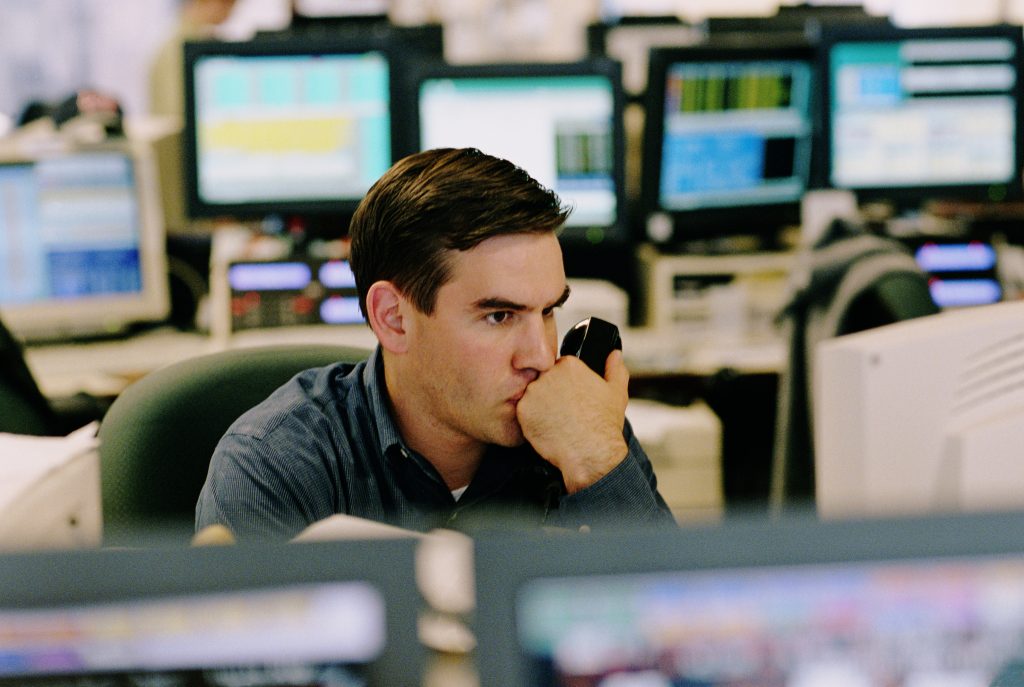Monthly Market Update: The GDR (Great Dose of Reality) crisis – Part II
Thu 16 Jun 2022
Ostensibly, everything about the latest rally in equity markets screams “Bear Market rally”. After all, how can we call an end to the Bear Market when Quantitative Tightening, the great process to unwind some of the Fed’s recent purchases, hasn’t even begun?
However, we should not forget that the Fed continues to be the “only game in town”, and that asset managers lost the right to cry “Bear Market Rally” in 2013, when everyone was certain that Quantitative Easing would come to an end and markets would revert to crisis form.
If we compare the point at which S&P 500 rebounded (near 4150 points at the end of May), and where the Fed’s assets are projected to be (assuming full quantitative tightening) by next summer, we can see that markets have effectively already priced in a year’s worth of quantitative tightening. Nevertheless, one can’t say for certain that we have reached a bottom. The S&P could well fall another 800 points, towards significant technical levels which coincide with level of assets held by the Federal Reserve before the latest round of QE. In other words, markets have priced in some quantitative tightening, but not a full reduction of assets to pre-Covid level. For that to happen, we would need to see a significantly more hawkish Fed, and the minutes from the latest central bank meeting suggest that this is not yet the case. The rebound in bonds after the US 10-year reaching 3% means that markets have priced in this year’s rate hikes (and possibly next year’s rate hikes as well). Notably, the global bond benchmark yielding 1% over long-term inflation is certainly reason for pause.
We are now moving to the phase of the cycle where at least some of indicators of a financial recession begin to flash red warning signals, but the economic recession has yet to come.
By now, members of the Federal Open Markets Committee will know that even their most constrictive policies will have little effect on inflation and that the labour market is very tight. Therefore, their principal concern will be growth. The quarter’s results by Amazon and Wal-Mart were disconcerting enough to raise some red flags in the Fed. Meanwhile, the US housing market continues to lose steam while prices remain sticky – the usual mark of a disconnect between buyers and sellers imminently before prices eventually cave.
So, markets have retrenched enough to price in some quantitative tightening. At the same time, economic news has taken a sufficiently pessimistic turn to, at the very least, sow the first seeds of dovishness that should kick off the next cycle.
– George Lagarias, Chief Economist
















